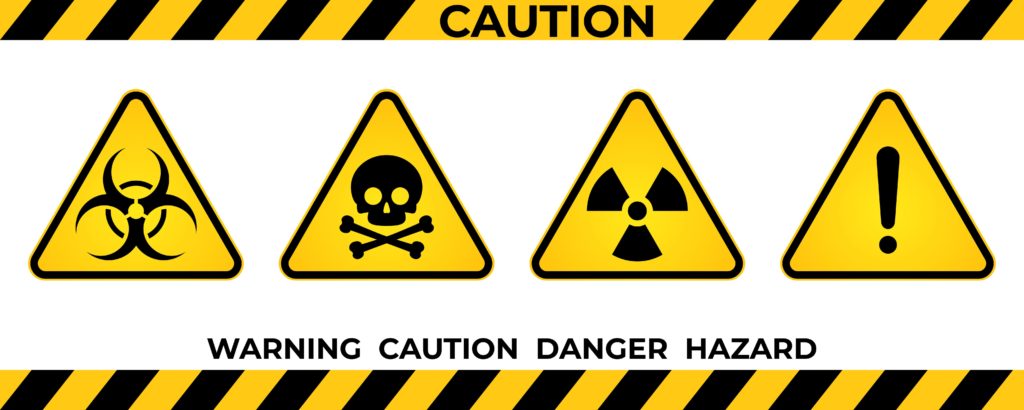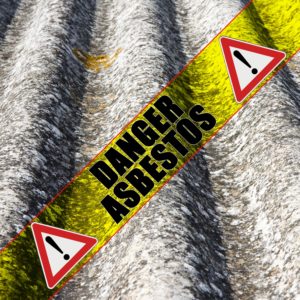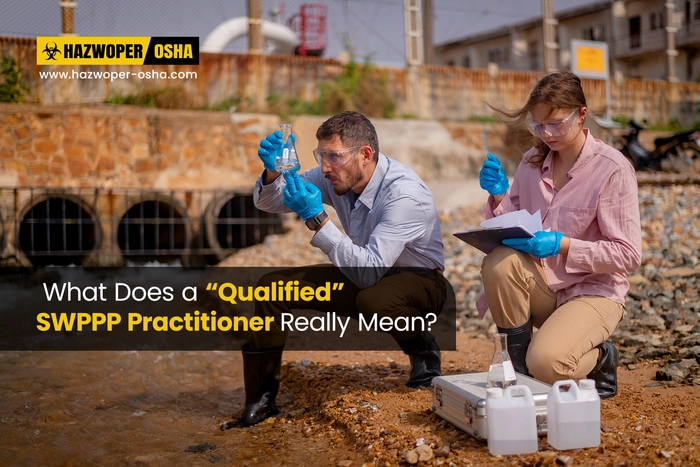What is CBRNE?

CBRNE stands for chemical, biological, radiological, nuclear, and explosive. It refers to the type of hazardous materials or devices that may be used in a terrorist attack or other emergency situation. CBRNE incidents pose significant risks to public health and safety, and emergency responders and other personnel need to be properly trained and equipped to handle these types of situations.
CBRNE incidents can involve the release of hazardous chemicals, biological agents, radioactive materials, nuclear devices, or explosive devices. These materials and devices can cause serious injuries or fatalities and can also cause significant damage to infrastructure and the environment. Emergency responders and other personnel who may be called upon to respond to CBRNE incidents need to be trained in the proper procedures for handling and mitigating these types of incidents. This may include training in the use of specialized equipment and protective gear, as well as in decontamination procedures and other emergency response protocols.
The military may use the term CBRNE when referring to specialist teams or individuals who are responsible for protecting the American nation from chemical, biological, radiological, nuclear, and explosive threats. On the other hand, the Occupational Health and Safety Administration (OSHA) focuses on CBRNE in terms of workers being prepared to handle CBRNE materials while performing their job duties, as well as protective measures to be used by employees in instances of CBRNE-related emergencies.
It is important to note that OSHA may often refer to CBRNE materials as hazardous substances. The guidance offered by the agency on these hazardous substances is not only extensive, but is also segregated by requirements for different individuals, occupations, and CBRNE events. For instance, OSHA has issued detailed guidelines for the selection of appropriate respiratory protection based on the role of each individual in an emergency response operation.
Training Aids CBRNE Dangers
In today's highly unpredictable world, with the increasing level of CBRNE threats, employers must train their employees to understand what these hazards are, and how to protect themselves and society from their negative impact. With the number of CBRNE-related disasters seen over the last decade or so, it is not surprising that OSHA continues to emphasize the importance of training and education not only for workers who handle CBRNE materials but also for disaster site workers and first responders.
OSHA’s Response to Increasing CBRNE Use

The increasing use of CBRNE materials in industries has resulted in the frequent accidental releases of these hazardous substances into the environment, leading to a varying degree of threat for the employees, as well as the surrounding communities. Consider the more than 2 million cases of asbestos releases recorded in 2018, for 1,212 TRI facilities in the state of California, alone (United States Environmental Protection Agency (EPA), n.d.). The mineral asbestos is a known carcinogen, therefore, the release of asbestos fibers onto land, and into the air and water, is much cause for concern. OSHA has addressed worker exposure to asbestos-containing materials (ACM) in specific standards for the General Industry and Construction Industry. Sign up for our online OSHA Asbestos Awareness Training course to learn more.

Furthermore, workers on construction sites are often exposed to varying degrees of CBRNE materials. Even office buildings may become contaminated with these hazardous substances in case of an accidental release. Working with, handling, or being exposed to CBRNE materials requires employers to ensure the health and safety of workers. OSHA's Hazardous Waste Operations and Emergency Response Standard (HAZWOPER) Standard provides in-depth guidance on handling and cleaning up hazardous substances that fall under CBRNE, corrective actions to be used, and the precautionary measures to be implemented for the health and safety of workers.
The HAZWOPER standard also sets forth comprehensive training requirements for workers engaged in work operations at hazardous waste sites. As per OSHA requirements, workers who are engaged in hazardous substance clean-up or other activities which expose, or could potentially expose them to safety or health hazards must be adequately trained before they are allowed to enter such worksites. Keeping these topic requirements in mind, we, at HAZWOPER-OSHA Training, have designed the OSHA 40-Hour HAZWOPER, OSHA 24-Hour HAZWOPER, and OSHA 8-Hour HAZWOPER Refresher online training courses accordingly, at the end of which a safety certification may be obtained.
A Final Note
As we continue to ponder the dangers of working with, and being exposed to CBRNE materials, employers must ensure their employees are trained to handle such hazards while at work. Consider, that many of these training requirements are mandated by OSHA, and if not, then training employees and empowering them with knowledge is the first step in ensuring their health and safety.
References:
United States Environmental Protection Agency (EPA). (n.d). Toxics Release Inventory. Retrieved on June 23, 2020. Website. https://www.epa.gov/toxics-release-inventory-tri-program

 EN |
EN |  ES
ES






























































































































